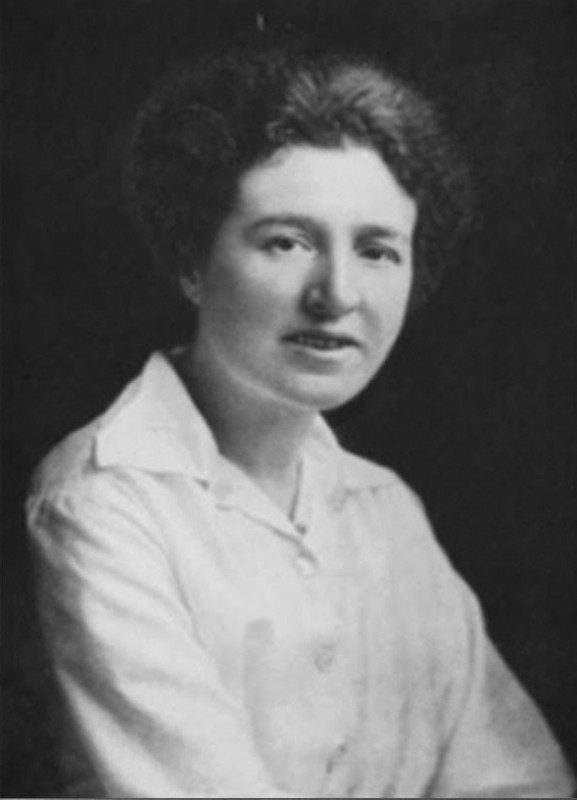Agnes Robertson Arber was a British plant anatomist and morphologist, a Biology philosopher, and a Botany historian. Though born in London, the 51 years of her life was spent in Cambridge.
Anger Arber was recognized to be the first woman botanist and the third overall to have been elected as a Fellow of the Royal Society at the age of 67. Because of her contributions to botanical science, Arber received the Gold Medal of the Linnean Society of London by the age of 69 – the first woman to receive such accolade.
Arber began attending school by the age of eight at Northern London Collegiate School founded and run by one of the principal proponents for girls’ learning and education, Frances Buss.
Her fascination with Botany developed under the supervision of Miss Edith Aitken Arber, her science teacher. This fascination has led her to publish her first research piece in 1894 on their school magazine.
During her schools’ botany exams, she notched the top and won a scholarship. It was during this time that Arber got to meet Ethel Sargent, a plant morphologist who regularly gave presentations to the science club in their school. Sargent had caused a deep influence on Arber on research methods and interests when she became her mentor and colleague at the same time.
Before Arber attended the University College in London, she spent the summer of 1897 collaborating with Ethel Sargent in her private laboratory. It was Sargent who gave her microtechniques used in preparing plant specimens during microscopic exams.

While studying, Arber would return to work at least once at Sargent’s laboratory. Between the years 1902 and 1903, Arber became Sargent’s research assistant focusing work on seedling structures and it was during 1903 that she was able to publish her first paper about the anatomy of Macrozamia heteromera.
While in the University, Arber also conducted studies on the gymnosperm class of plants, which made her produced various papers on their anatomy and morphology. In 1909, she married Edward Alexander Newall Arber, who was a paleobotanist and the couple was blessed with a child named Muriel Agnes Arber.
Her first and perhaps most widely read work are Herbals, Their Origin and Evolution (1912), an account of herbals published between 1470 and 1670. Her studies in comparative anatomy include Water Plants: A Study of Aquatic Angiosperms (1920), Monocotyledons: A Morphological Study (1925), and The Gramineae: A Study of Cereal, Bamboo and Grass (1934).
In 1946, she published a translation work entitled Goethe’s Botany’ which include translations of the renowned works of botanists Johann Wolfgang von Goethe ‘Metamorphosis of Plants’ and of Georg Christoph Tobler’s ‘Die Natur’.
In 1950, she penned the book entitled ‘The Natural Philosophy of Plant Form’ became one of the most renowned works of this remarkable plant morphologist. The book focuses on the transition from research to the establishment of a philosophy. In this book she introduces the ‘partial-shoot theory of the leaf’. The theory says that each component of a plant is either a shoot or a partial-shoot.